Optimal Timing for Waterproofing Projects
Understanding the optimal timing for waterproofing projects is essential for ensuring durability and effectiveness. Properly timed waterproofing can prevent water intrusion, reduce maintenance costs, and extend the lifespan of structures. The best time for waterproofings depends on climate conditions, project scope, and specific material requirements.
Spring and fall often provide ideal weather conditions for waterproofing due to moderate temperatures and lower precipitation levels.
Optimal temperatures for waterproofing typically range between 50 and 85 degrees Fahrenheit, ensuring proper curing and adhesion.
Dry weather is preferred to allow materials to cure properly without interference from rain or excessive humidity.
Scheduling waterproofing before the onset of winter or summer heat can prevent issues related to temperature extremes.
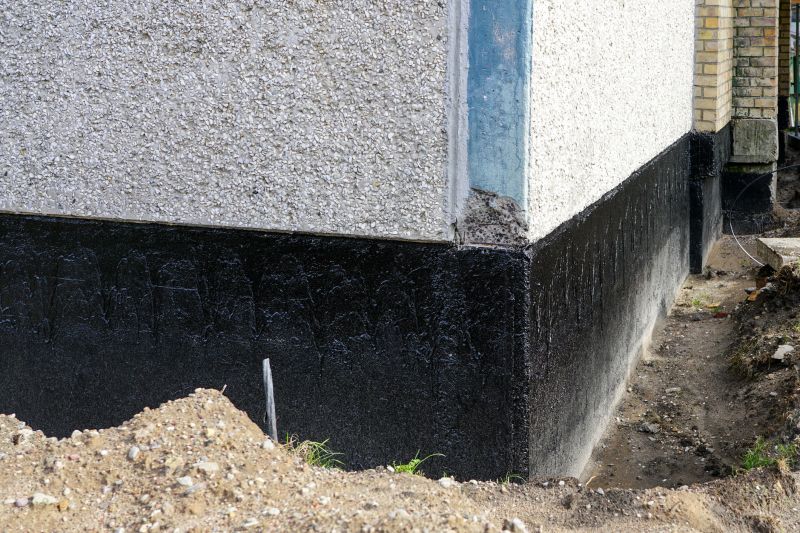
Spring provides favorable conditions for waterproofing projects due to mild temperatures and low rainfall.
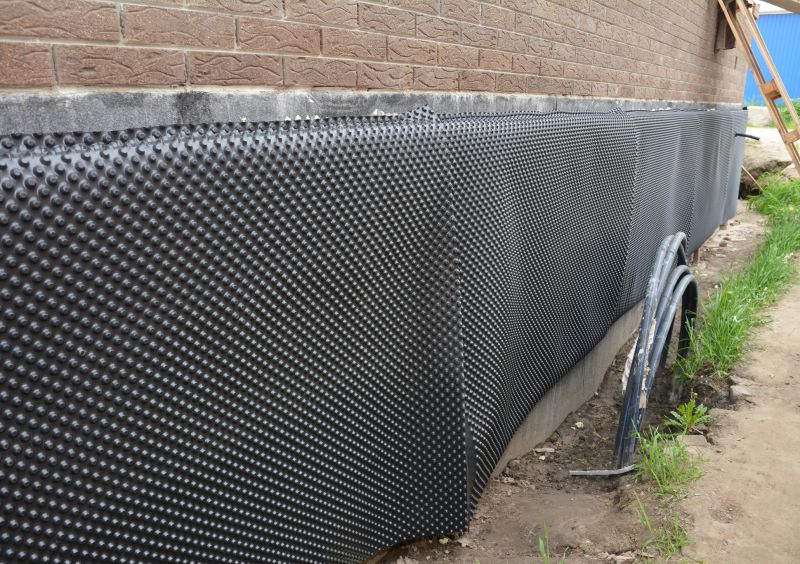
Summer requires careful planning to avoid high temperatures that can affect material curing.

Fall offers cooler temperatures and less humidity, making it suitable for many waterproofing applications.
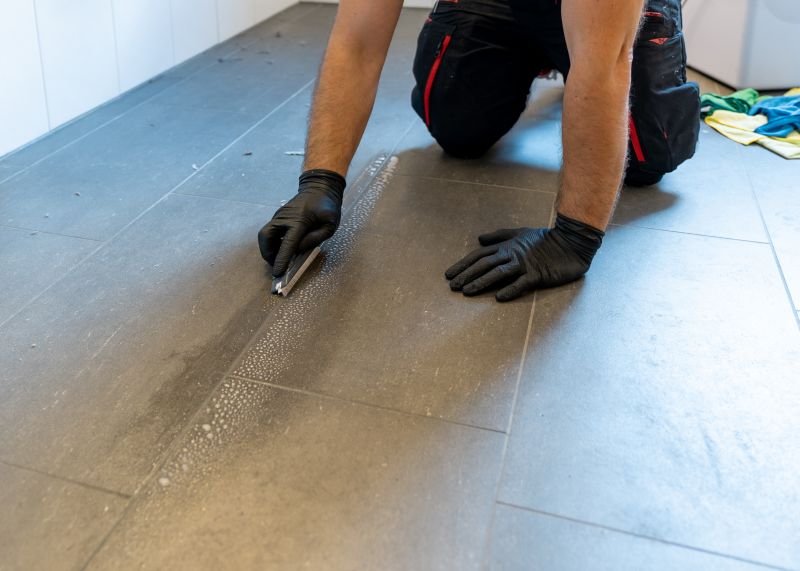
Ways to make Waterproofings work in tight or awkward layouts.

Popular materials for Waterproofings and why they hold up over time.

Simple add-ons that improve Waterproofings without blowing the budget.

High-end options that actually feel worth it for Waterproofings.

Finishes and colors that play nicely with Waterproofings.
Waterproofings are vital components in protecting structures from water damage, which can lead to structural deterioration, mold growth, and interior damage. Proper waterproofing involves applying specialized materials to surfaces such as foundations, roofs, and basements to create a barrier against moisture intrusion. The effectiveness of waterproofing depends on correct timing, material selection, and application techniques.
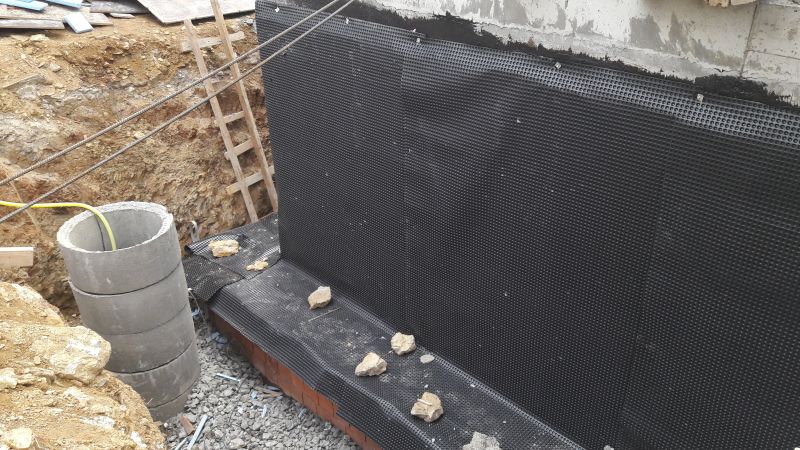
Various materials like membranes, coatings, and sealants are used to create effective barriers against water.
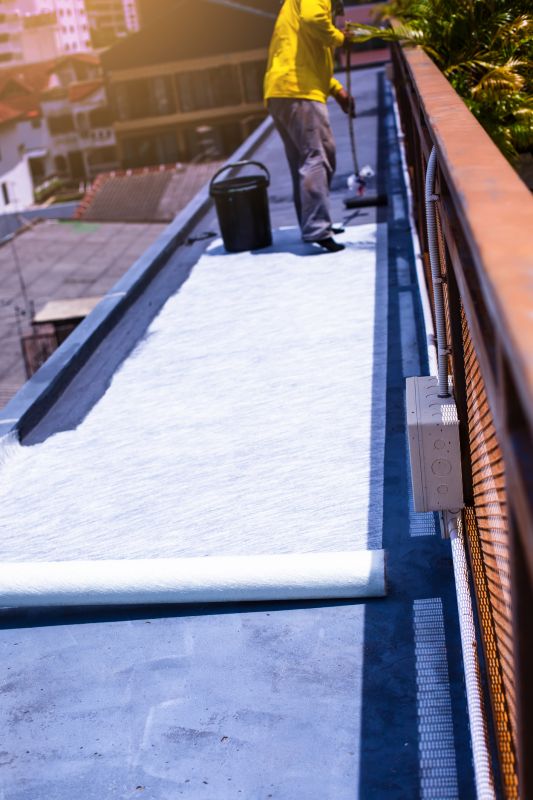
Proper surface preparation and application methods ensure optimal adhesion and longevity.
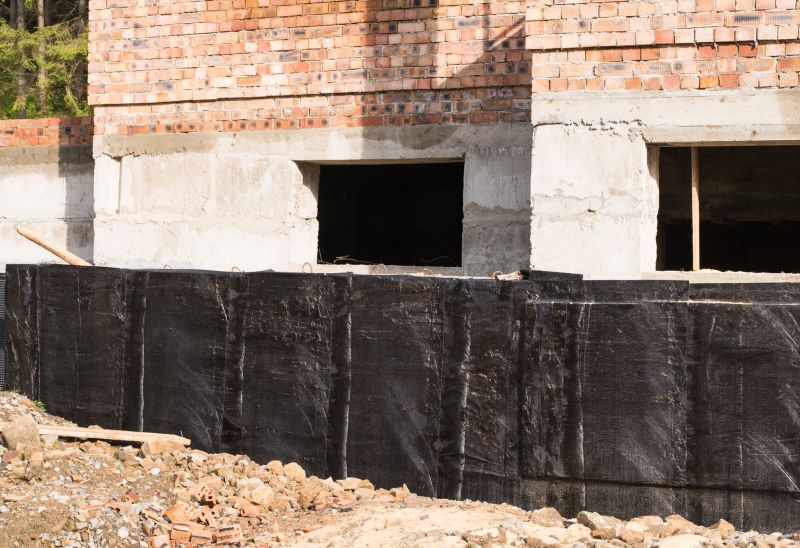
Foundations, basements, roofs, and balconies are typical locations requiring waterproofing.
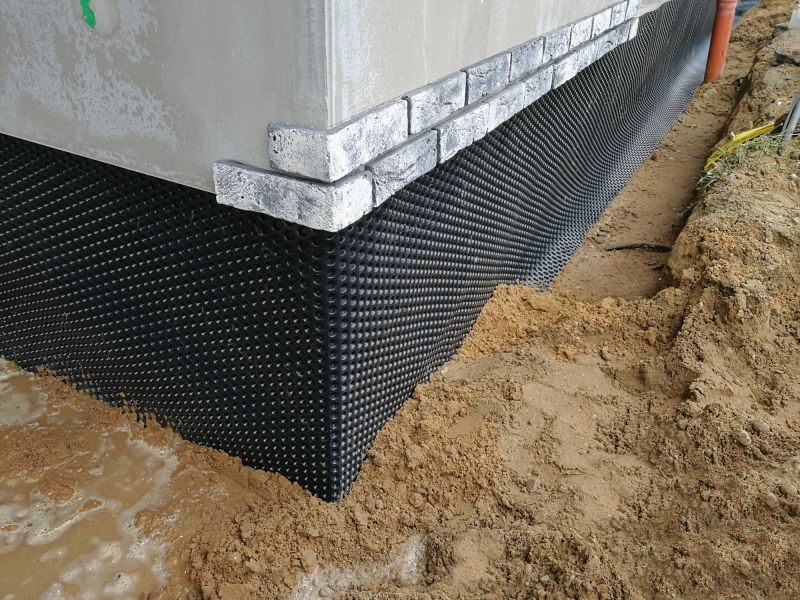
Preventing water intrusion reduces structural damage and maintenance costs over time.

Little measurements that prevent headaches on Waterproofings day.
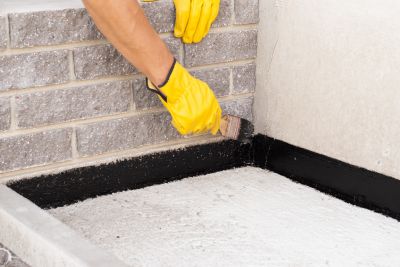
A 60-second routine that keeps Waterproofings looking new.
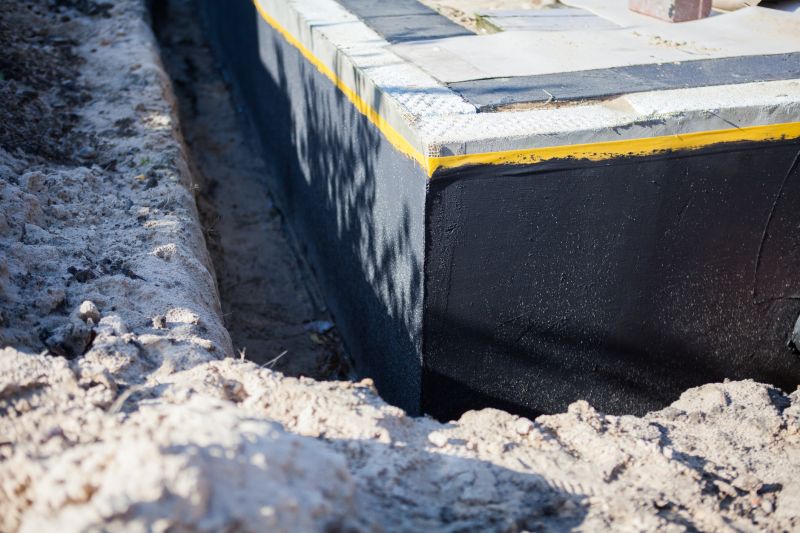
A frequent mistake in Waterproofings and how to dodge it.
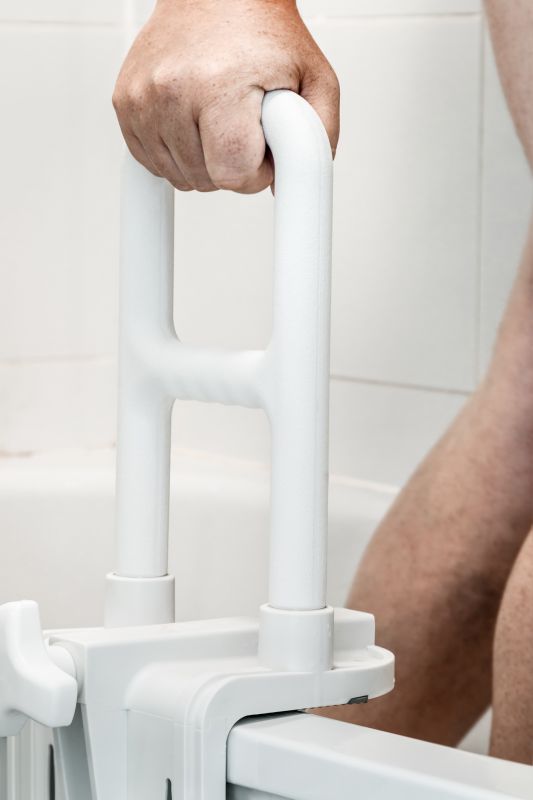
Small tweaks to make Waterproofings safer and easier to use.
| Aspect | Details |
|---|---|
| Ideal Temperature Range | 50°F to 85°F |
| Best Seasons | Spring and fall |
| Avoid During | Extreme heat or cold |
| Weather Conditions | Dry and stable weather |
| Material Curing Time | Varies by product, typically 24-48 hours |
| Preparation Needed | Clean and dry surfaces |
| Application Frequency | As recommended by manufacturer |
| Impact of Improper Timing | Reduced effectiveness and potential water intrusion |

